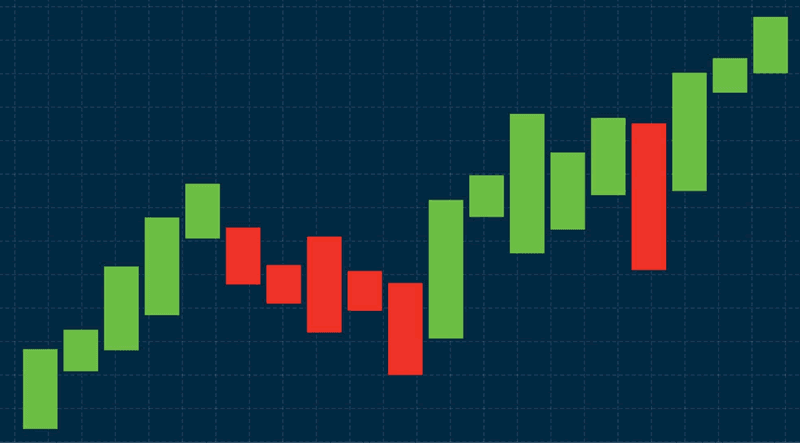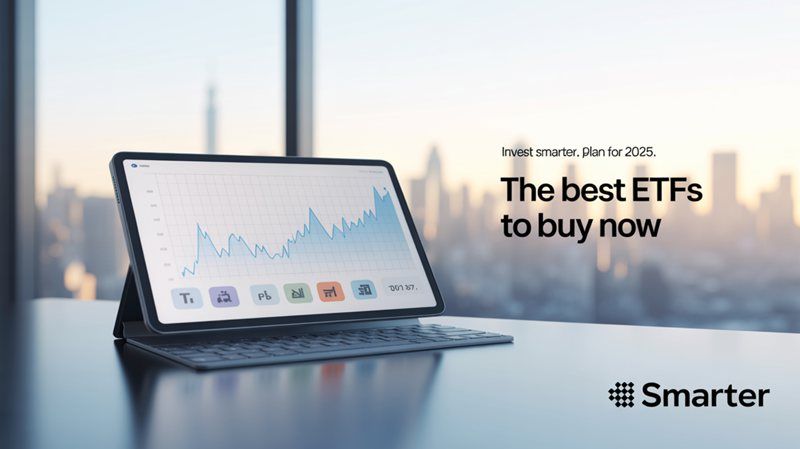MarketLens
Starbucks Stock Nears 52-Week Low: Is Now the Time to Buy?
Starbucks Corp (SBUX) stock is trading near its 52-week low, presenting a potential buying opportunity for investors. However, a comprehensive analysis of recent performance, market conditions, and future prospects is essential to determine whether now is the right time to invest in Starbucks stock.
Current Stock Performance
Starbucks stock is currently trading at $74.81, close to its 52-week low of $71.80 and significantly below its 52-week high of $107.66. The stock has experienced a 24% decline year-to-date, reflecting a challenging period for the company. Despite this downturn, Starbucks maintains a market cap of $84.76 billion and offers a dividend yield of 3.05%, with a P/E ratio of 23.61.
Recent Financial Performance
The company’s recent financial performance has been underwhelming. In its fiscal Q2 earnings report, Starbucks reported a 4% decline in comparable-store sales, contributing to the stock’s downward trajectory. Factors such as poor weather in North America, economic sluggishness, and competition in China have adversely impacted sales. Additionally, misconceptions about the company’s stance on the Israel-Gaza conflict have further complicated its market position.
Analyst Ratings and Price Targets
Despite recent challenges, analysts remain cautiously optimistic about Starbucks’ long-term prospects. The consensus price target for Starbucks is $98.65, with a high target of $136 and a low of $80. Recent ratings from Morgan Stanley, JP Morgan, and Wedbush suggest an average price target of $89.67, indicating a potential upside of 19.86%. Analysts’ recommendations range from Buy and Overweight to Neutral and Hold, reflecting a mixed but generally positive outlook.
Growth Prospects and Strategic Initiatives
Starbucks has ambitious growth plans, aiming to add 17,000 locations by 2030 to its current count of approximately 38,000 stores worldwide. This expansion strategy underscores the company’s commitment to long-term growth, despite current headwinds. Management is also focusing on product innovation and strategic flexibility to navigate the challenging market environment.
Dividend Yield and Valuation
For income-focused investors, Starbucks’ dividend yield of just over 3% is attractive, especially given the current low stock price. The stock is trading at around 20 times the midpoint of management’s 2024 EPS guidance, which, while not significantly undervalued, suggests potential for future growth if the company can stabilize its comparable-store sales and improve margins.
Market Comparisons
Compared to competitors like McDonald’s and Dunkin’, Starbucks is trading at a lower price near its 52-week low. McDonald’s is priced at $245, and Dunkin’ at $29, indicating that Starbucks may offer a more affordable entry point for investors looking to capitalize on a potential rebound.
Challenges and Risks
Despite the positive long-term outlook, Starbucks faces several challenges that could impact its recovery. The company reported a steep drop in traffic and a significant earnings miss in the last quarter, leading to a 16% plunge in stock price. Operational issues such as customer wait times, menu innovations, and improving throughput are critical areas that need addressing. Additionally, the economic environment remains uncertain, with potential risks from inflation, changing consumer behavior, and geopolitical tensions.
Expert Opinions and Market Sentiment
Expert opinions on Starbucks stock are mixed but generally lean towards a positive long-term outlook. Analysts from Morgan Stanley have lowered their price target to $98, citing concerns about operating margins and earnings growth. However, they maintain an Overweight rating, reflecting confidence in the company’s ability to navigate current challenges. The consensus among 29 analysts is a price target of $98.65, suggesting a potential upside of nearly 20%.
Key Insights and Future Developments
- Stabilization of Comparable-Store Sales: A key indicator for investors will be signs that Starbucks’ comparable-store sales are stabilizing. Improvement in this metric could signal a turnaround in the company’s performance.
- Margin Improvement: Monitoring operating margins will be crucial. Analysts expect a slight degradation in margins for the fiscal year, followed by modest expansion in 2025. Achieving these targets will be essential for restoring investor confidence.
- Strategic Initiatives: Starbucks’ focus on product innovation, strategic flexibility, and expansion plans will play a significant role in its recovery. Successful execution of these initiatives could drive long-term growth.
- Market Conditions: The broader economic environment, including consumer spending trends and competition, will impact Starbucks’ performance. Investors should keep an eye on macroeconomic indicators and industry trends.
Conclusion
In conclusion, Starbucks stock, currently trading near its 52-week low, presents a potential buying opportunity for investors with a long-term perspective. While recent financial performance and market conditions pose challenges, the company’s growth plans, dividend yield, and strategic initiatives offer reasons for cautious optimism. Investors should closely monitor key indicators such as comparable-store sales, operating margins, and the execution of strategic initiatives to assess the stock’s recovery potential. Given the mixed but generally positive analyst ratings and the potential for a nearly 20% upside, Starbucks stock could be a worthwhile addition to a diversified investment portfolio, provided investors are prepared for potential volatility in the near term.
Related Articles
Category
You may also like
No related articles available
Breaking News
View All →No topics available at the moment





